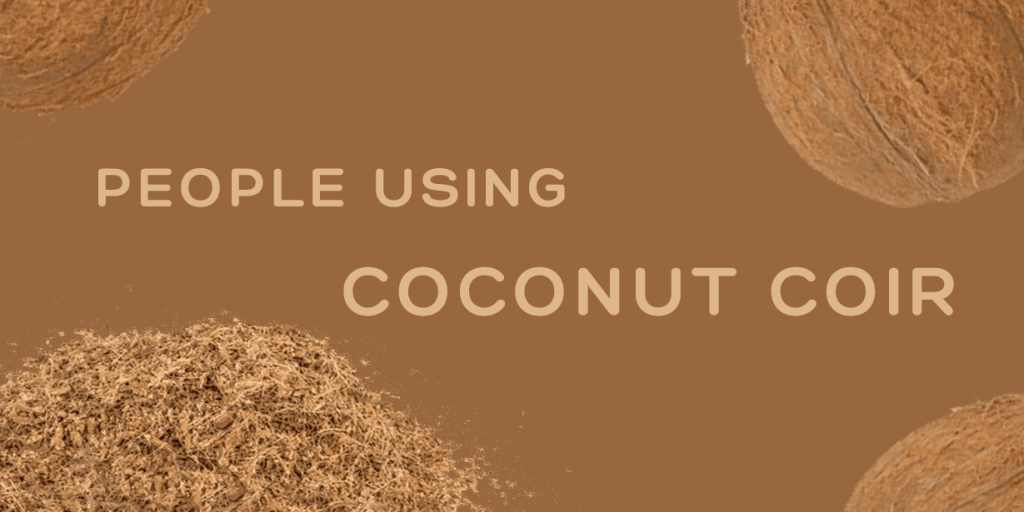The coconut tree is a blessing to humanity. Most of its parts can be used as-is or can be turned into something useful. Even its supposedly discarded parts can even be made into an innovative by-product that also helps preserve the environment. That amazing by-product is the Coconut Coir — a product from the discarded coconut husks which is used in various ways, but mostly is used in gardening and agriculture. Because of its amazing feats, coco coir is recently gaining traction in the global market. Now, let us learn why people love this product so much and how it is presented in the market.
What Is Coconut Coir
After extracting the coconut meat and water, all that is left is the coconut husk. Some people just throw it because normally, it has no use. It is just meant to be in the trash bin. However, since the husk is fibrous, especially when it is mature and dried, you can extract another product from it called the coconut coir. You can us the coir in its normal form — coarse and short fiber — or you can shred it and get a dust-like form.
Coconut Coir Uses
Coconut coir can be used in upholstery, agriculture, horticulture, hydroponics, and geo-textile. It can also be transformed into ropes, twines, brooms, brushes, doormats, rugs, and others. Despite its multi-functionality, coco coir is known to be used in hydroponics.
Hydroponics is a gardening method which does not use soil in growing plants. Despite the absence of soil, many people prefer this method because they claim that plants grown using hydroponics are more nutrition-packed that those grown through the traditional gardening method. Also, since hydroponics does not use soil, it requires other ways to hold water, and to absorb water and nutrients. This is where coconut coir comes in handy.
Coconut coir is known to have properties fit for hydroponics: high water absorption, high nutrient absorption, high durability, and has better air-to-water ratio. Aside from this, coconut coir has other forms that are also used in traditional gardening such as coconut fiber, coir pith, coir yarn, coir pith block, coir rope, etc. These can be substitutes for peat moss that enhances plant growth.
Having these feats plus it being an eco-friendly product, the coconut coir gain momentum in the international market. Since more and more people are going green, they love using the coconut coir since it serves them well in gardening and in their principles. This is the prominent reason that coconut coir has traction in the market.
Market Segmentation
These are how the coconut coir is presented in the international market.
- By Product Type:
White Fiber
Brown Fiber
- By Product Nature:
Organic
Conventional
- By Source:
Green Coconut
Brown Coconut
- By Form:
Bales
Blocks
Disk and Coins
Husk Chips
Grow bags and Open Tops
Ropes
- By End Use:
Coir Pith
Coir Fiber
Tufted Mats
Handloom Mats
Curled Coir and Coir Yam
Geotextiles
Others
- By Regional Consumers:
North America
Latin America
Europe
South Asia
East Asia
Oceania
Middle East
Africa
Conclusion
Let’s break down the wonders of the coconut coir:
- It is a by-product from the discarded parts of coconut.
- It is an innovation in agriculture and gardening.
- It is an environment-friendly product.
So, if you are fond of gardening while you also love doing it using the most natural products, get your hands on Royce Foods’ Coconut Coir. You can better your planting plus you can help the environment by using eco-friendly products such as coconut coir. To know more about this product, see our product list or contact us today!

